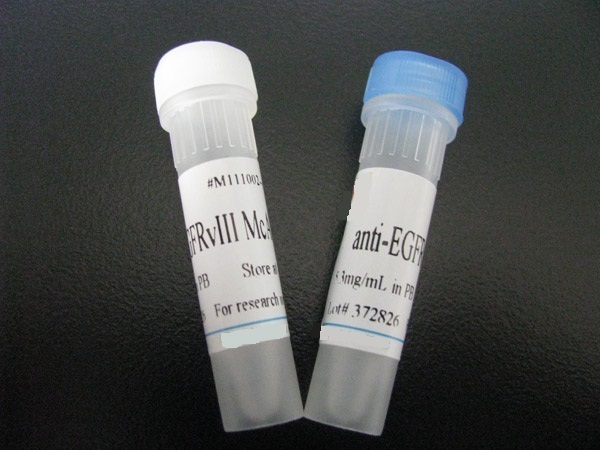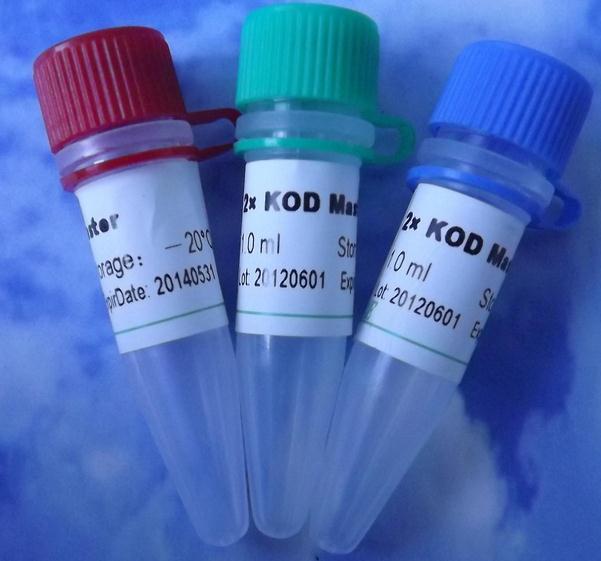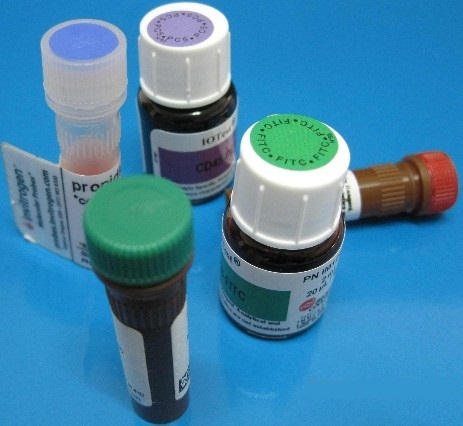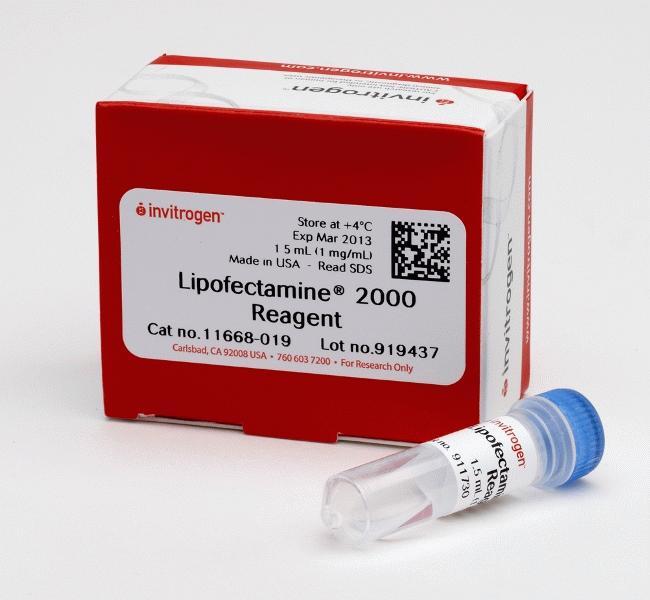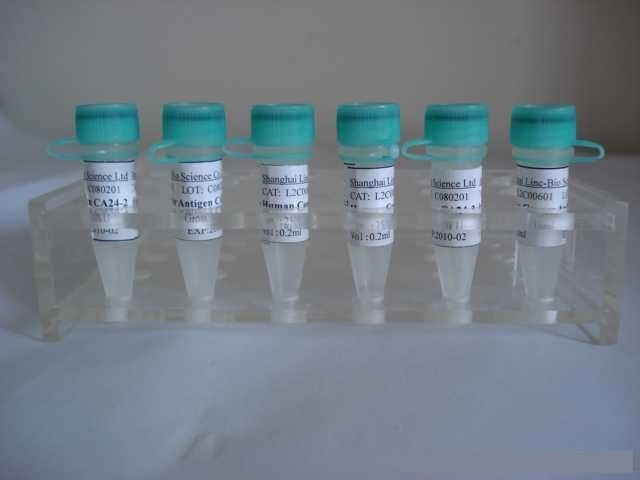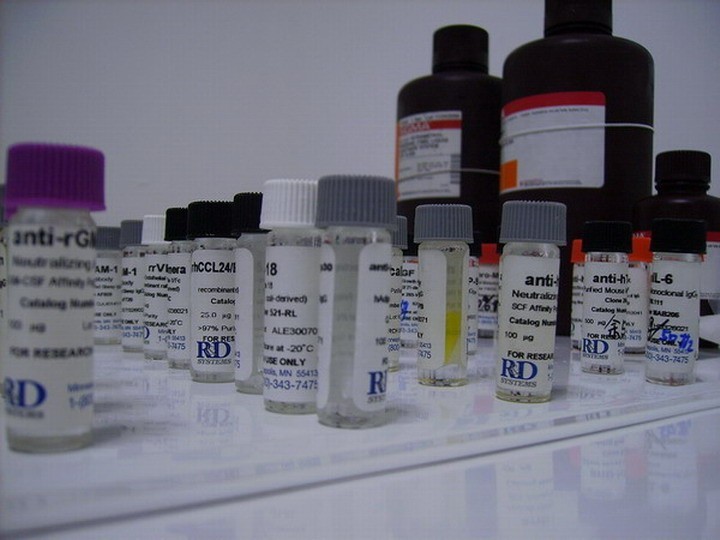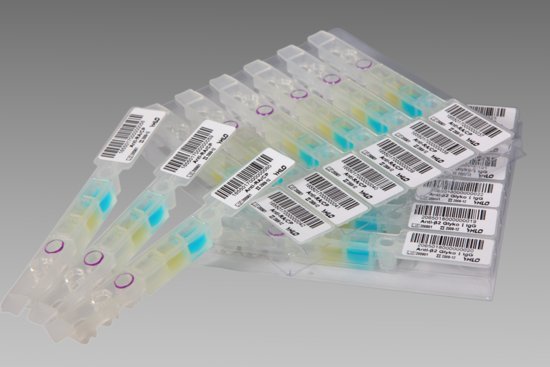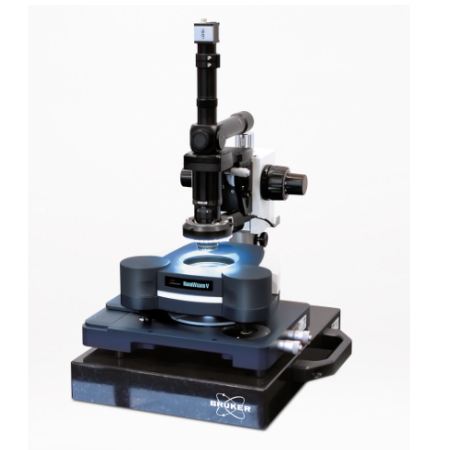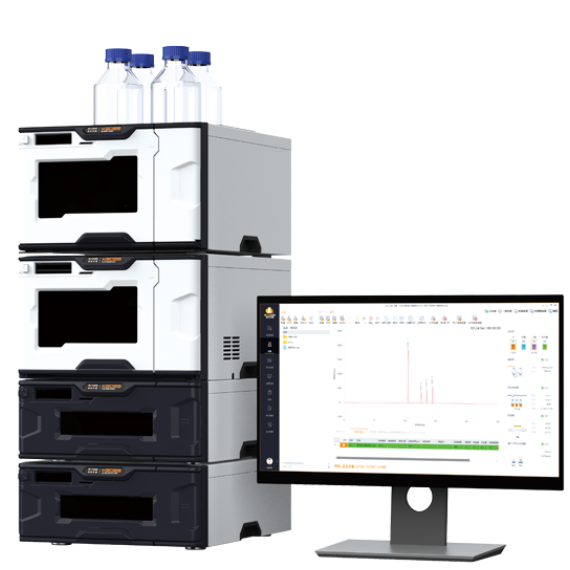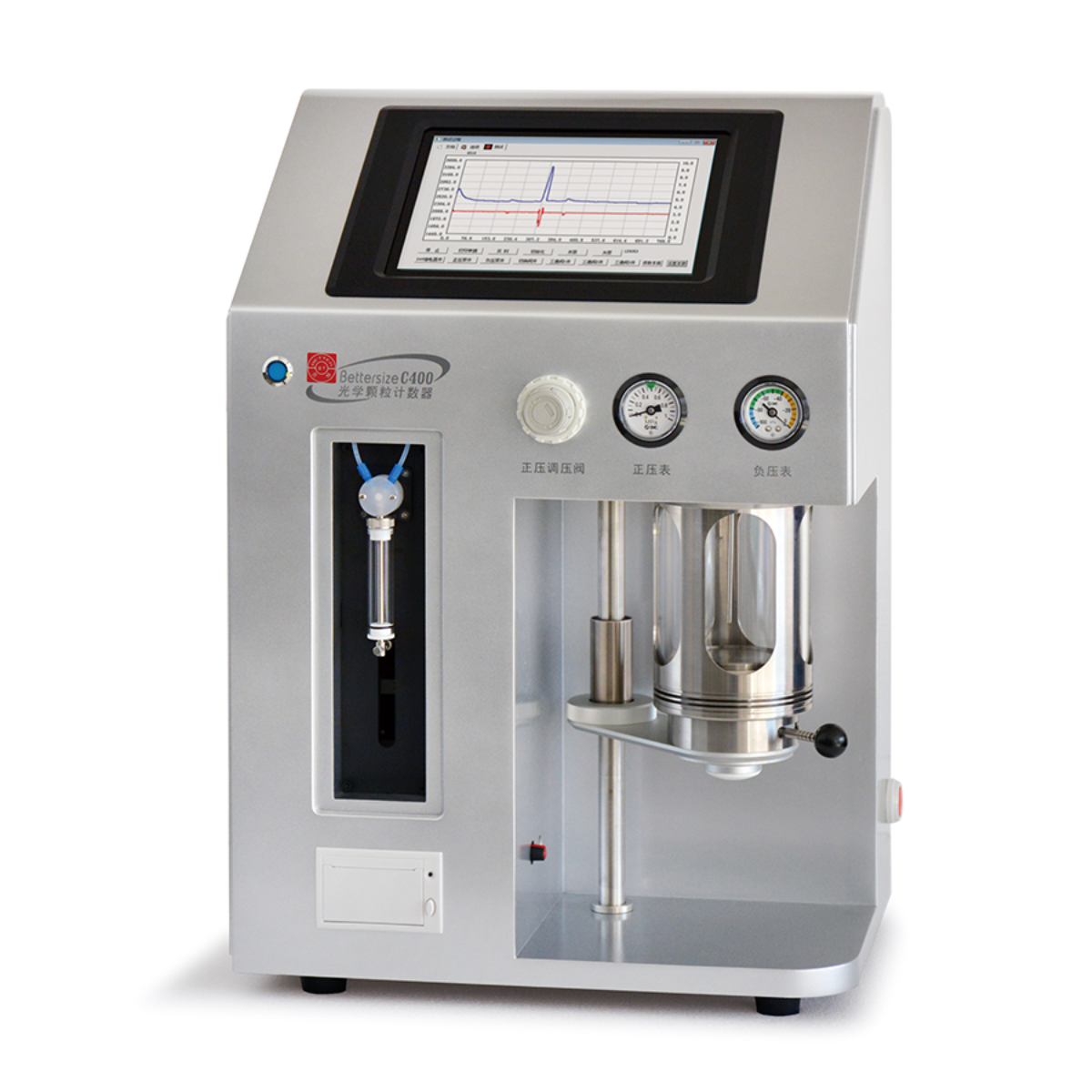、肿瘤抑制/凋亡抗体、信号分子抗体、结构蛋白抗体、磷酸化特异抗体、融合蛋白tag抗体、非哺乳动物蛋白抗体、细胞周期蛋白抗体、转录调节蛋白抗体、类固醇受体抗体、膜受体抗体、亚细胞标记抗体、同源结构域蛋白抗体、运输蛋白抗体、生长因子和激素抗体、神经生物抗体、激酶和磷酸化抗体、GDP/GTP结合蛋白抗体、合成降解蛋白抗体、离子通道抗体、淋巴细胞信号抗体、细胞粘附因子抗体、流式抗体等抗体种类,价格合理,品质有保障!
抗体来源 Rabbit
克隆类型 polyclonal
交叉反应 Human, Mouse, Rat, Dog, Cow, Sheep
产品类型 一抗
研究领域 肿瘤 细胞生物 免疫学 信号转导 细胞凋亡 转录调节因子 激酶和磷酸酶
蛋白分子量 predicted molecular weight: 57kDa
性 状 Lyophilized or Liquid
免 疫 原 KLH conjugated synthetic peptide derived from human PNK1/PNKP
亚 型 IgG
纯化方法 affinity purified by Protein A
储 存 液 0.01M PBS, pH 7.4 with 10 mg/ml BSA and 0.1% Sodium azide
产品应用 WB=1:100-500 ELISA=1:500-1000 IP=1:20-100 IHC-P=1:100-500 IHC-F=1:100-500 IF=1:100-500
(石蜡切片需做抗原修复)
not yet tested in other applications.
optimal dilutions/concentrations should be determined by the end user.
保存条件 Store at -20 °C for one year. Avoid repeated freeze/thaw cycles. The lyophilized antibody is stable at room temperature for at least one month and for greater than a year when kept at -20°C. When reconstituted in sterile pH 7.4 0.01M PBS or diluent of antibody the antibody is stable for at least two weeks at 2-4 °C.
Important Note This product as supplied is intended for research use only, not for use in human, therapeutic or diagnostic applications.
聚合苷酸激酶3磷酸化酶抗体产品介绍 Mammalian PNK catalyzes the phosphorylation of DNA at 5'-hydroxyl termini and can dephosphorylate its 3'-phosphate termini. It plays an important function in DNA repair following ionizing radiation or oxidative damage. PNK has been reported to participate in the repair of DNA-double strand breaks via PARP-1-dependent nonhomologous end-joining.
Function : Plays a key role in the repair of DNA damage,functioning as part of both the non-homologous end-joining (NHEJ)and base excision repair (BER) pathways. Through its two catalyticactivities, PNK ensures that DNA termini are compatible withextension and ligation by either removing 3'-phosphates from, or byphosphorylating 5'-hydroxyl groups on, the ribose sugar of the DNAbackbone.
Subunit : Monomer (By similarity).
Subcellular Location : Nucleus.
Tissue Specificity : Expressed in many tissues with highestexpression in spleen and testis, and lowest expression in smallintestine (PubMed:10446192). Expressed in higher amount inpancreas, heart and kidney and at lower levels in brain, lung andliver (PubMed:10446193).
Post-translational modifications : Phosphorylated upon DNA damage, probably by ATM or ATR.
DISEASE : Defects in PNKP are the cause of epilepticencephalopathy, early infantile, type 10 (EIEE10) [MIM:613402]. Adisease characterized by microcephaly, infantile-onset seizures,severe intellectual disability and delayed motor milestones withabsent speech or only achieving a few words. Most patients alsohave behavioral problems with hyperactivity. Microcephaly isprogressive and without neuronal migration or structuralabnormalities, consistent with primary microcephaly.
Similarity : In the N-terminal section; belongs to the DNA 3'phosphatase family.
Contains 1 FHA domain.
Database links : UniProtKB/Swiss-Prot: Q96T60.1
![]()




